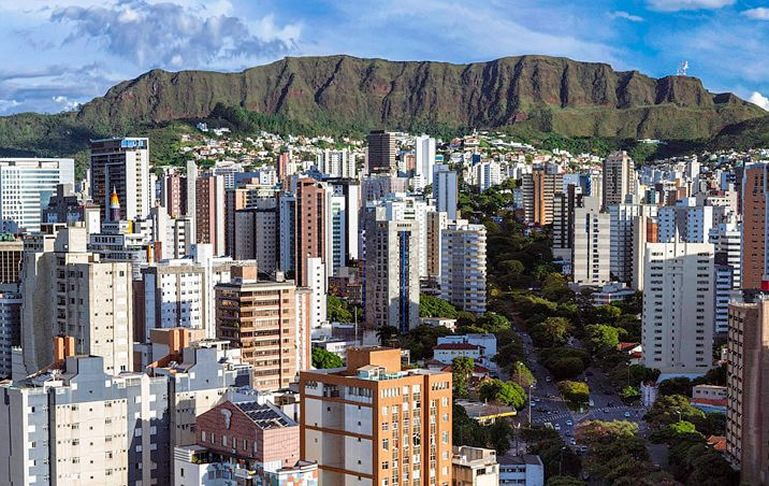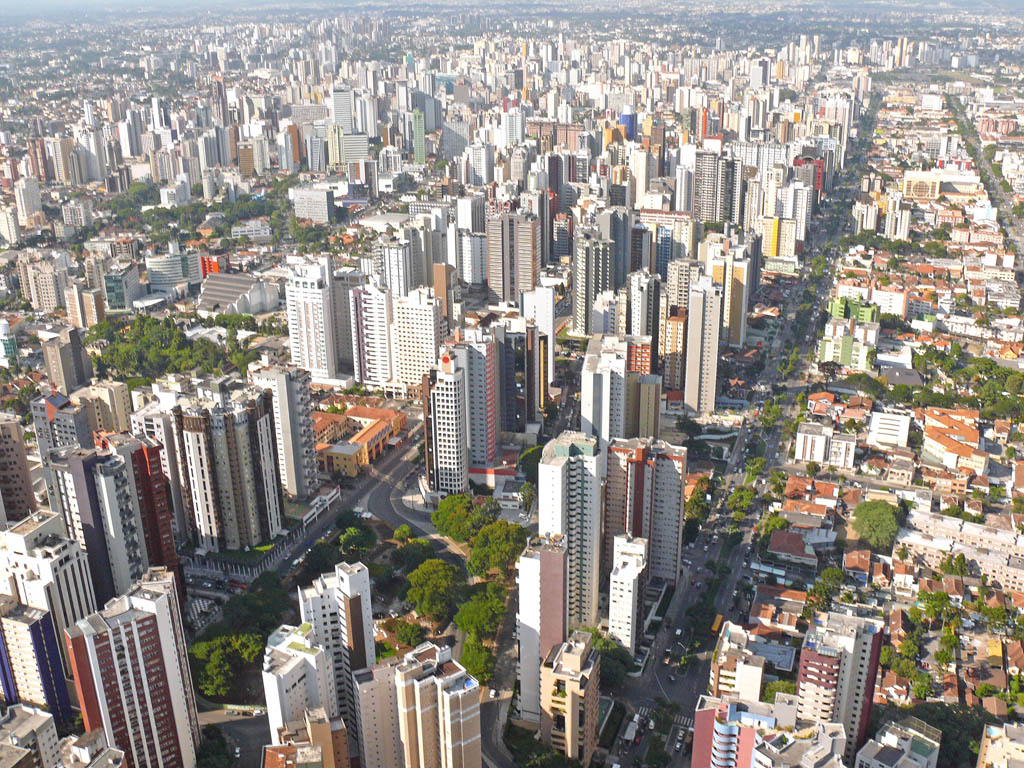RIO DE JANEIRO, BRAZIL – The Brazilian real estate market is picking up. The improvement in the offer output and in residential units sold in the third quarter this year, are indicators of a consistent upswing.

According to the sector, this favorable moment can be impacted by the reduction of resources from the FGTS (Guarantee Fund for Time of Service) available for housing, and the cut in transfers and grants from the Minha Casa Minha Vida (“My House, My Life”) program.
The housing program still accounts for more than half (56.9 percent) of all launches in the third quarter of this year. Real estate indicators released by the CBIC (Brazilian Chamber of Construction Industry) on Monday, November 25th, show an increase of 23.9 percent in the number of offers in the country in the third quarter this year, compared to the same period last year.
In the first nine months this year, the number of units on offers stood at 82,044. In 2018, between January and September, 70,059 launches were recorded.
According to José Carlos Martins, CBIC’s president, the numbers are consistent with an upturn in the sector, which is relying on even better results in the final quarter of this year.
The result of sales in the third quarter is also positive; the increase is 15.4 percent. There were 32,575 residential units sold, compared to 28,218 in the same period in 2018.
Compared to the previous quarter, sales fell 4.9 percent. José Carlos says that the drop is seasonal and already expected, occurring traditionally in the first and third quarters of each year.
The numbers are positive in São Paulo and in the metropolitan regions of Belo Horizonte and Curitiba, for instance. According to the CBIC, the rebound comes earlier and more consistently when the economy is less dependent on the state.

“São Paulo is the one driving the real estate market, but other regions are beginning to sustain the results,” says the president of CBIC.
The numbers are good, but the financing of low-income housing is a concern. The Minha Casa Minha Vida program still accounts for 56.9 percent of launches in the third quarter of this year. The share is also relevant in São Paulo, where it represents 44 percent of launches and 46 percent of sales.
The president of CBIC, a critic of the release of FGTS funds to encourage consumption, says that medium and high standard housing will find other ways to obtain credit, but that credit for the most impoverished still requires solutions.
“All projections are optimistic, but the source of financing is a concern. We are sure that the middle-class market is going away, is moving forward, but we are concerned about the ever-decreasing budget precisely where the deficit is focused,” he says.
In the Southeast region, which concentrates the volume of launches and sales in the country, 9,749 units launched in the third quarter are part of the Minha Casa Minha Vida program. The remaining standards totaled 8,880 units.
The vice-president of the CBIC’s real estate area, Celso Petrucci, says that the low interest and inflation levels, and the new financing model started by Caixa, which considers the IPCA (official inflation) in the correction, will pave the way for new models of credit concession, with other agents and new products.
At the end of October, Caixa announced the reduction in the minimum interest rate on mortgage loans. In August, it launched an operation to replace fixed interest rates with the IPCA and expects to launch a fixed-rate credit model in 2020.

“For families with income above R$2,600, we have no doubt that the market will solve the issue, but for those who are below this, there is still the need for grants or discounts,” he explains.
The market for poorer families is facing cuts and delays in the Minha Casa Minha Vida program and the reduction in the FGTS budget for housing. In addition, the federal government has been studying the reduction in access of low-income families to real estate subsidized by the program.
For 2020, the Minha Casa Minha Vida program will count on the lowest volume of resources in history. This year, the government is owing R$500 million to companies that, for the most part, build housing for families with a monthly income of up to R$1,800, in the 1st bracket of the program.
The reduction in the volume of resources of the guarantee fund for housing has been the target of criticism from the real estate sector, which is seeking a solution from the government for subsidies. A meeting with the economic team to discuss the matter is scheduled.
Calculations of Secovi-SP (real estate sector union of SP) point out that the release of FGTS withdrawals jeopardizes the financing of low-income housing for 2020 and 2021. In 2022, there should be no more money for credit.
In addition to the launches, the balance of CBIV’s indicators showed improvement in unit sales, which grew 15.4 percent in the third quarter, but dropped 4.9 percent in comparison with the previous period. José Carlos says that the drop is seasonal and already expected, occurring traditionally in the first and third quarters of each year.
From July to September of this year, 32,575 residential units were sold in 17 cities and ten metropolitan regions analyzed by the CBIC. In the same quarter in 2018, there were 28,219 units sold. In 12 months to September, the sector has accumulated 129,139 units sold.
Source: Folhapress

